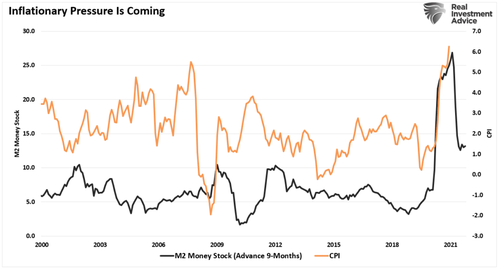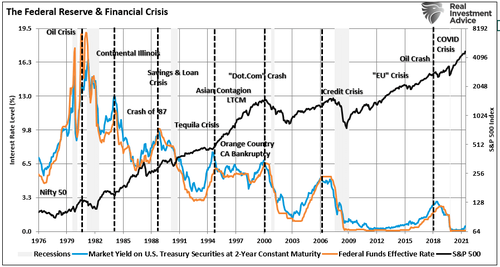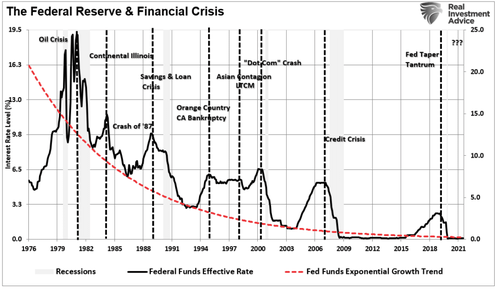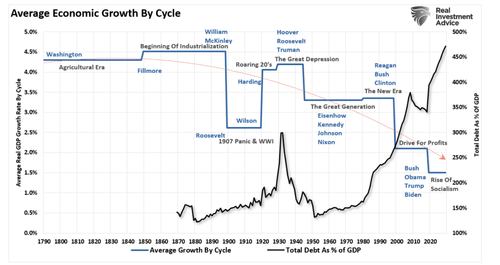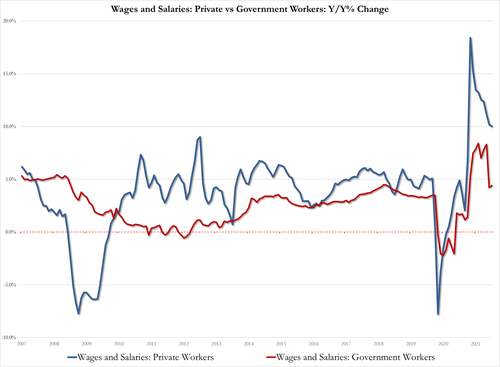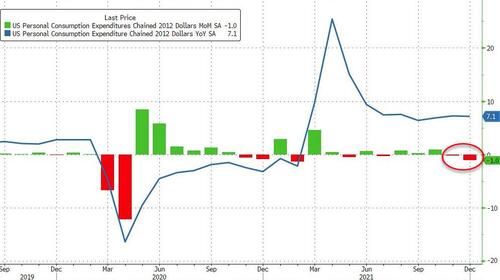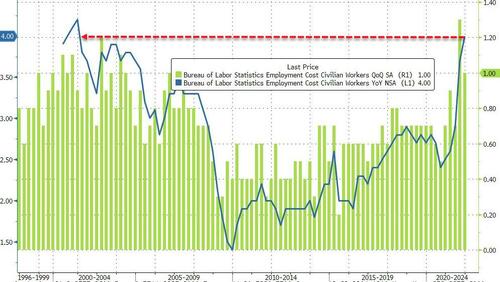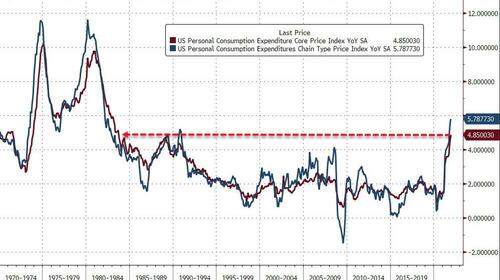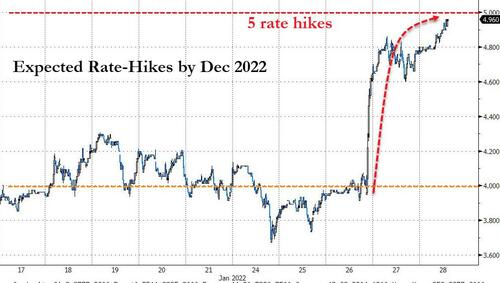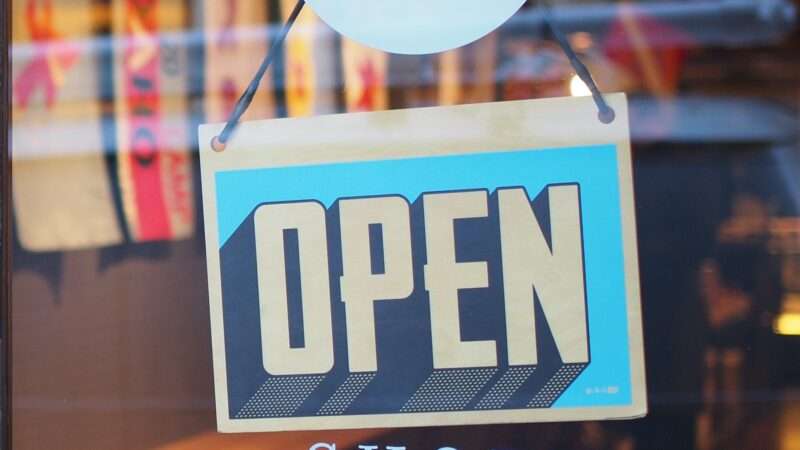I’ve just finished up a rough draft of my The Right to Defy Criminal Demands article, and I thought I’d serialize it here, minus most of the footnotes (which you can see in the full PDF). I’d love to hear people’s reactions and recommendations, since there’s still plenty of time to edit it. You can also see previous posts (and any future posts, as they come up), here.
[* * *]
I’ve shown in earlier posts, I think, that the law at least sometimes expressly or implicitly recognizes a right to defy. But not always, and not everywhere. Let me speculate on a few more particular circumstances that might lead courts and legislatures to reject such a right (whether or not soundly).
[D.] Whether the Defiant Conduct Is Constitutionally Protected
Some of the examples given above involve people insisting on engaging in behavior that is constitutionally protected against government restriction: the abortion clinic refusing to give in to demands to close; the bookstore refusing to give in to demands to stop selling blasphemous books; the speaker refusing the demands of hecklers; Simone Greenway showing romantic affection to Carrie Randall-Evans (indeed, in Greenway’s own home); perhaps the Kentucky Fried Chicken employee refusing to turn over property to the robber; or perhaps Celia Diaz letting her niece stay with her. Some might argue that these cases offer the most compelling rationale for a right of defiance, but the right shouldn’t extend to cases involving legal but constitutionally unprotected behavior.
Yet I don’t think that’s right. There might not be a constitutional right, for instance, to sell fur or do animal experimentation for medical research. If the democratic process led to such behavior being outlawed, all of us would have to comply with such legal constraints. But it doesn’t follow that the fur store or the medical research facility should have to close—or face legal liability for staying open—when the demands come not from the law but from the lawless. So long as we are doing what we are legally entitled to do, we have an important interest in not having to give in to criminals’ demands, and all of us have an important interest in not creating an additional legal incentive for the criminals to make more such demands.
[E.] Unreasonable Defiance / Foreseeable Harm
Of course, many possible restrictions on the right to defy involve situations where defiance is seen as “unreasonable” and the harm stemming from the defiance is “foreseeable”: Mabel Ganal and Simone Greenway were accused of unreasonably provoking their estranged husbands; Kentucky Fried Chicken was accused of unreasonably failing to comply with the robber’s demands; Daniel McBrayer was accused of unreasonably creating a risk of harm to his abortion clinic’s neighbors. Negligence law generally requires unreasonableness and foreseeability for liability, and so does nuisance law.
The criminal cases—disturbing the peace prosecutions of people whose speech provokes violent hecklers, or the loss of the right of deadly self-defense on the part of people who fail to retreat or comply with demands—might likewise have an implicit “unreasonableness” dimension: For instance, the duty to retreat doesn’t include a duty to retreat when doing so is unsafe. And in all those cases, the possible consequences of refusal to retreat, comply, or shut up are foreseeable.
One could argue that the right of defiance should extend only to reasonable defiance (including cases where the harm is unforeseeable), as determined by a jury. Or one could argue this at least as to defiance of demands that are backed by a concrete threat of highly likely and imminent violence (as in Kentucky Fried Chicken), rather than just a foreseeable threat of possible future retaliation (as in Touchette or in the abortion clinic case). Indeed, one school of thought in torts cases is that many disputes—normative and not just factual—ought to be resolved through case-by-case balancing by juries. And that was an explicit part of the dissent’s argument in Kentucky Fried Chicken v. Superior Court: “the question of whether the restaurant breached [its duty of care] and failed to use due care when its cashier initially refused to comply with the robber’s demands is a question for the jury.”
But the premise of this article is that refusal to comply with criminals’ demands should not be seen as unreasonable, even when it creates or increases a risk of harm (imminent or otherwise). In negligence cost-benefit balancing terms, the costs of taking such a precaution must include the dignitary costs of being forced to subordinate oneself to a criminal’s will. And the law should conclude that, as a matter of law, such costs cannot be legally required, rather than just leaving it to case-by-case jury decisionmaking.
Indeed, tort law often recognizes that certain kinds of decisions about duty should be made as a matter of law by judges, rather than left to jury discretion; to quote the Restatement (Third) of Torts, “In exceptional cases, when an articulated countervailing principle or policy warrants denying or limiting liability in a particular class of cases, a court may decide that the defendant has no duty or that the ordinary duty of reasonable care requires modification.” This rule supports deciding whether certain kinds of behavior should be immunized from tort liability “as a categorical matter under the rubric of duty, and a court’s articulating general social norms of responsibility as the basis for this determination.” I have argued throughout this Article that people generally should not be seen as having “responsibility” to obey criminals.
[F.] Special Relationships Creating a Duty to Protect
Of course, in practice people sometimes do feel a moral or personal obligation to comply with criminals’ demands, even heinous demands. That is particularly likely, I expect, when people are trying to protect their children; one hears stories, for instance, of mothers even accepting being raped in order to shield their daughters. And, at least when something less awful is at stake, we might expect people to sometimes go along with criminal demands to protect someone with whom they have some special relationship, especially a family relationship.
But whatever one might think is right as a matter of moral obligation, or just personal emotional response, I don’t think this extends to a legal obligation. Even a parent, I think, should not be viewed as legally required to comply with criminal demands to protect their child (though I expect that legal pressures would have very little relevance to a parent’s decision in such a situation, and emotional reactions would overwhelmingly predominate). And the same is true for other relationships, whatever other legal significance they might have. Store owners may have duties to reasonably protect their business visitors, for instance by hiring guards or putting up security features. But I think the KFC court (and the others it followed) was right to say that this duty to prevent crime doesn’t extend to a duty to obey criminals.
Likewise for another kind of special-relationship-based duty, the psychiatrists’ duty (recognized in many states) to reasonably protect third parties from foreseeable violent attack by the psychiatrists’ patients. The psychiatrist may have a duty to warn the prospective target about the threat from a patient. The psychiatrist may even have a duty to try to get the patient committed. But the psychiatrist shouldn’t have a duty to obey the patient’s demands; if, for instance, Lawrence Moore (the psychiatrist in Tarasoff) had been told by Prosenjit Poddar (the patient), “I’ll kill Tatiana Tarasoff unless you tell me I’m Jesus”—or “I’ll kill Tatiana Tarasoff unless you renounce Jesus”—that should not create a legal obligation on Moore to give in to that threat.
The one possible exception might be for people specifically hired to be ransom funders, or perhaps guards, who have expressly contracted to go along with such demands. If a ransom insurance company has agreed to pay ransom in the event of a kidnapping, it has given up its right not to pay (unless, of course, there is a law precluding such ransom insurance, on the theory that allowing ransom insurance encourages kidnappings). Likewise, one can imagine a similar deal for security guards or bodyguards, though again that might be limited by public policy (agreements to hand over property, if that’s what it takes to protect the principal, might be enforceable, but agreements to do anything—down to submission to rape or other serious abuse—might not be). But allowing such a contractual obligation, justified by an express promise, shouldn’t lead to imposing such obligations as a matter of tort law or criminal law.
[G.] Defiance as Provocation Mitigating Attacker’s Guilt
Say Craig makes certain kinds of criminal demands of Danielle, such as that she not leave him or else he’ll kill her; she defies those demands; and then he kills her. Some cases would treat Danielle’s defiance as a basis for downgrading Craig’s crime from murder to voluntary manslaughter. Likewise, some cases have treated such supposed “provocation” as a basis for reducing the sentence for a nondeadly physical attack.
The same has at times been done or proposed with regard to offensive political or religious speech, providing a sort of limited immunity to violent hecklers as an analog to a “heckler’s veto.” Following the Supreme Court’s flagburning decisions, there were calls to sharply decrease punishments for beating someone who burns the American flag. Likewise, in State v. Elbayomy, a judge imposed a reduced punishment on someone who physically attacked a “Zombie Mohammed” who was marching in a Halloween parade, on the grounds that the parader’s behavior was blasphemous and therefore provoking.
I’m inclined to think that such downgrading of the punishment should be rejected as a matter of law, and that the victim’s defiance of the attacker’s criminal demands shouldn’t diminish the price that the attacker must pay for making good on the threat (or for attempting to do so). The right to defy criminals’ demands should include the right to equal protection of the law from criminals’ retaliation for such defiance (whether such a right is framed as a constitutional equal protection right or just as a subconstitutional legal principle). Victoria Nourse has articulated this particularly well with regard to the voluntary manslaughter scenario.
The post The Right to Defy Criminal Demands: Possible Limits on the Right to Defy (Part II) appeared first on Reason.com.
from Latest – Reason.com https://ift.tt/3ACN5Lv
via IFTTT




